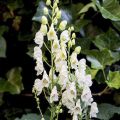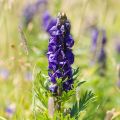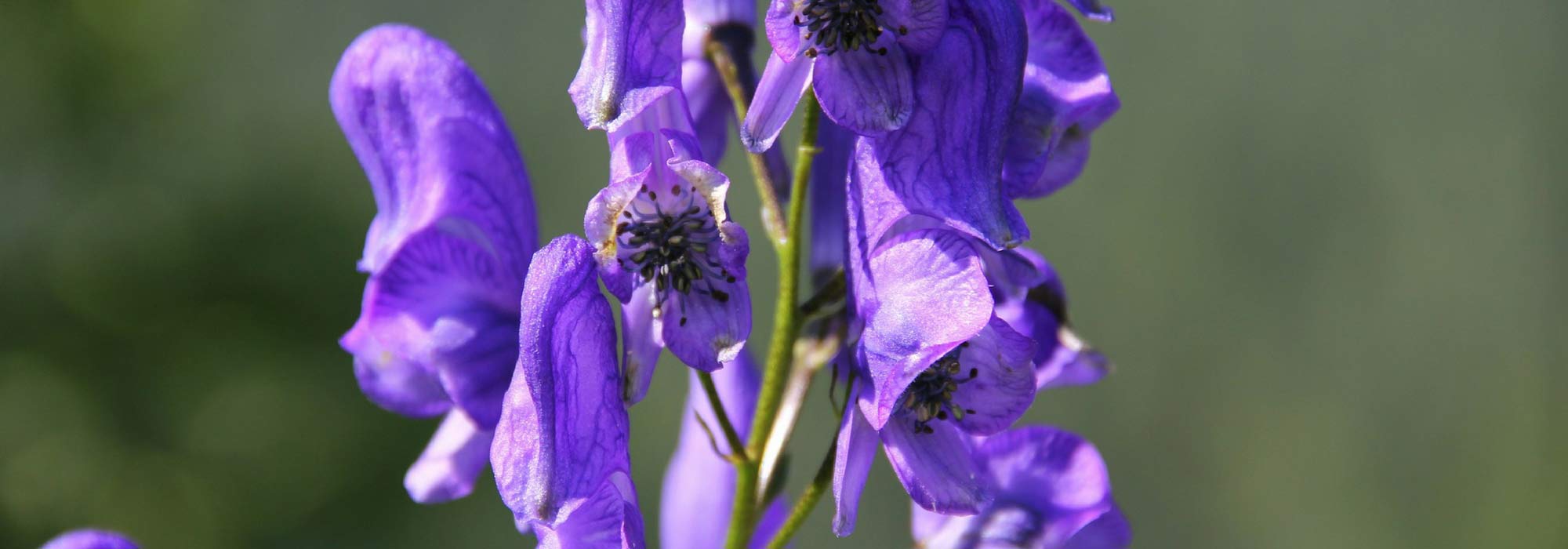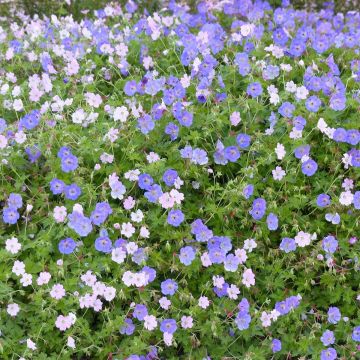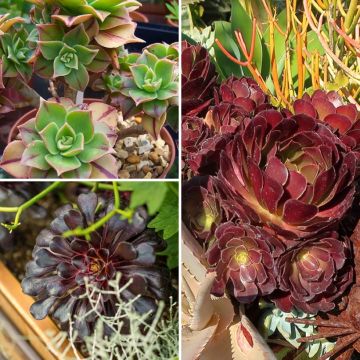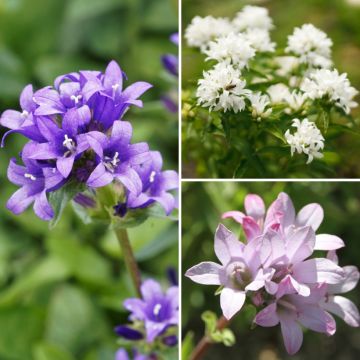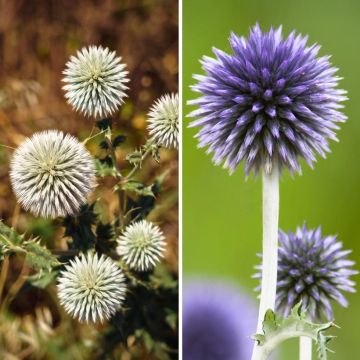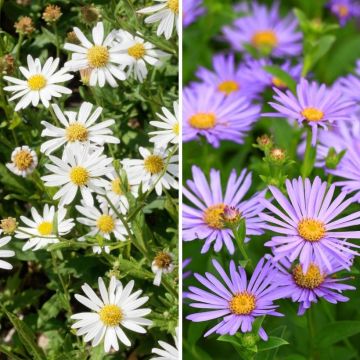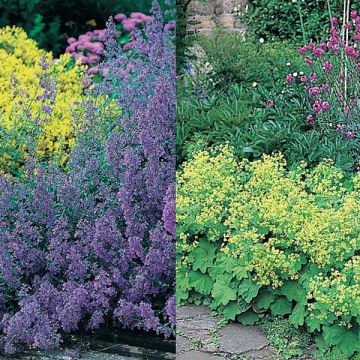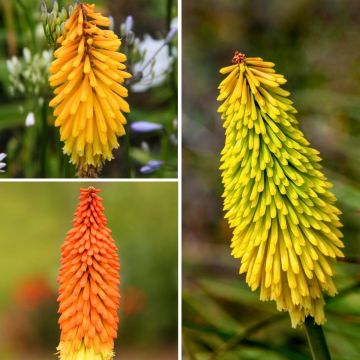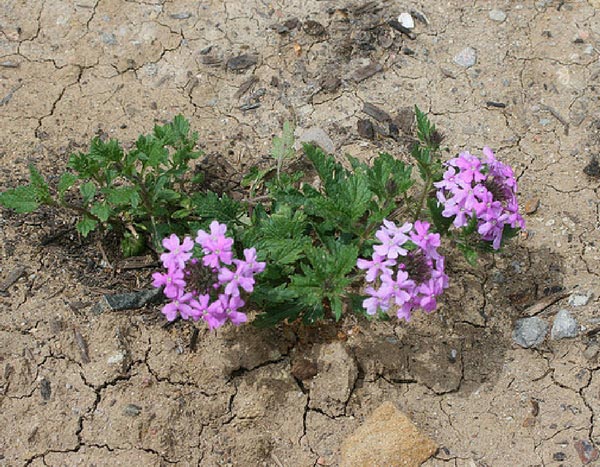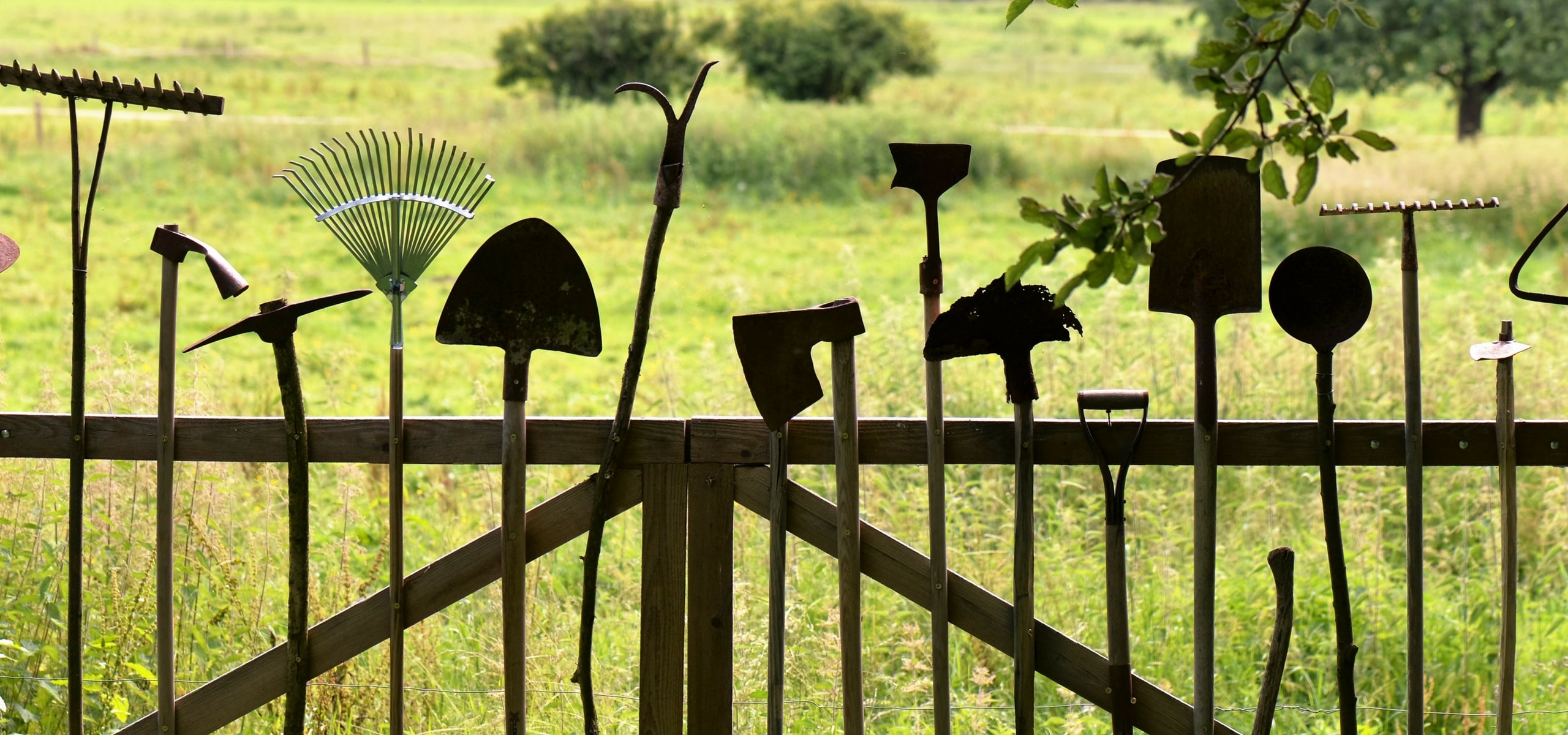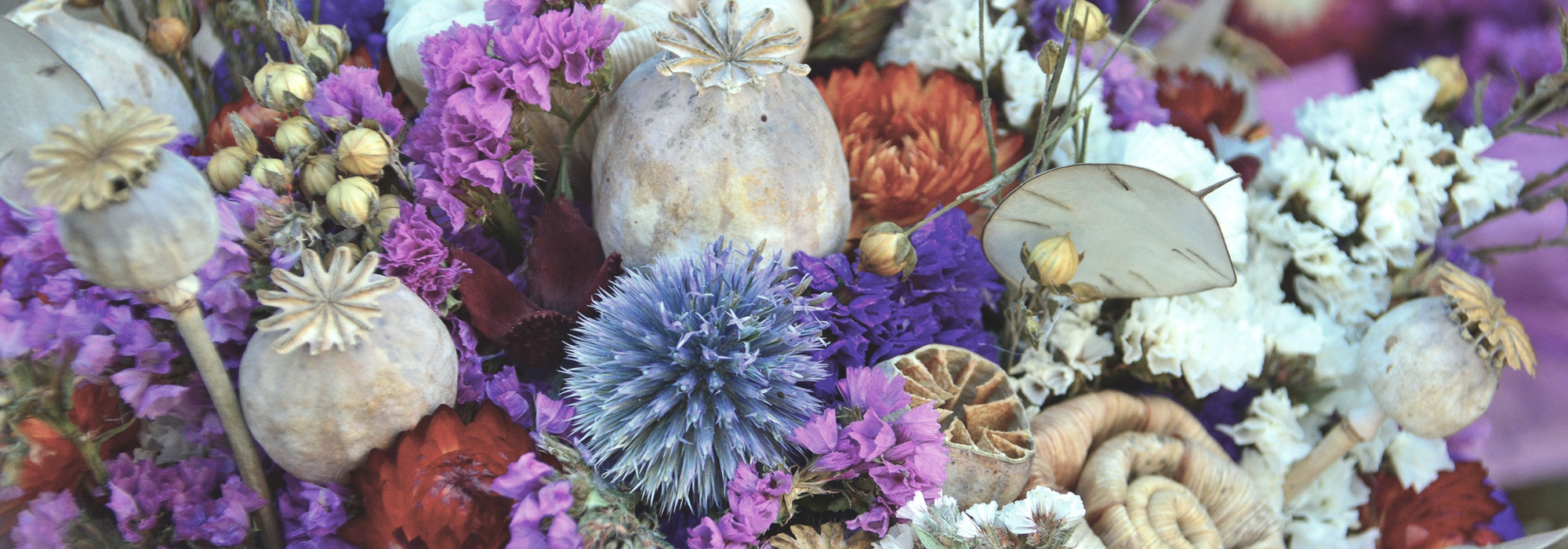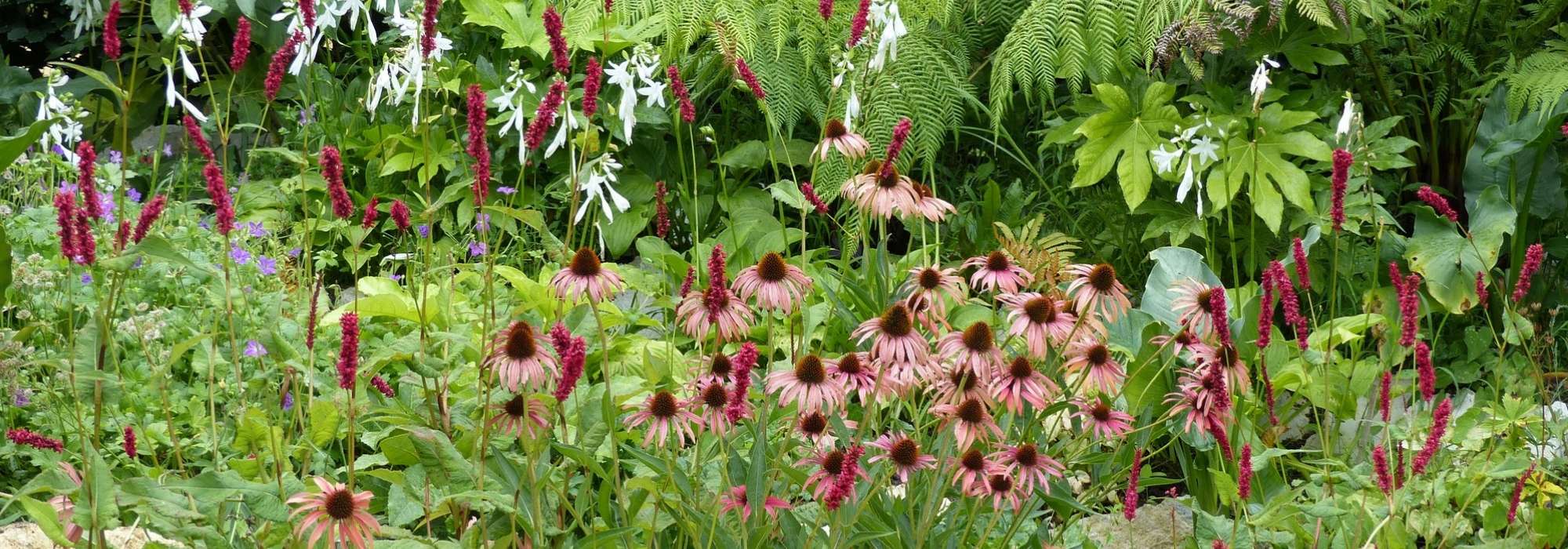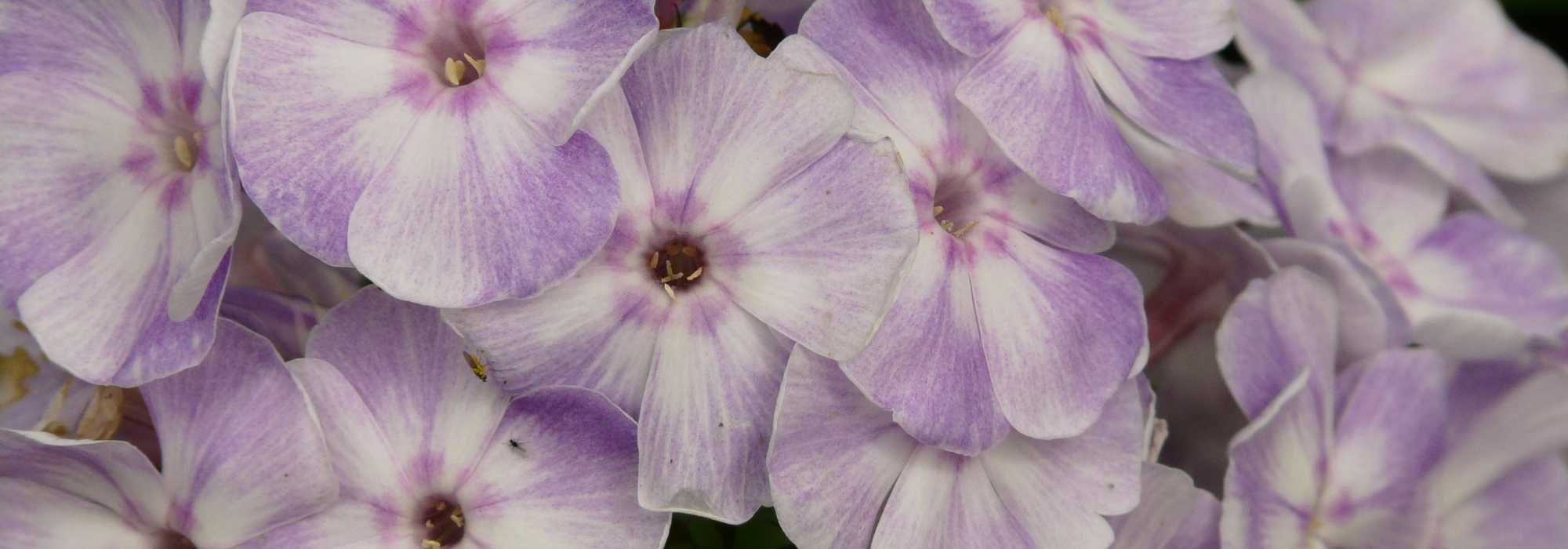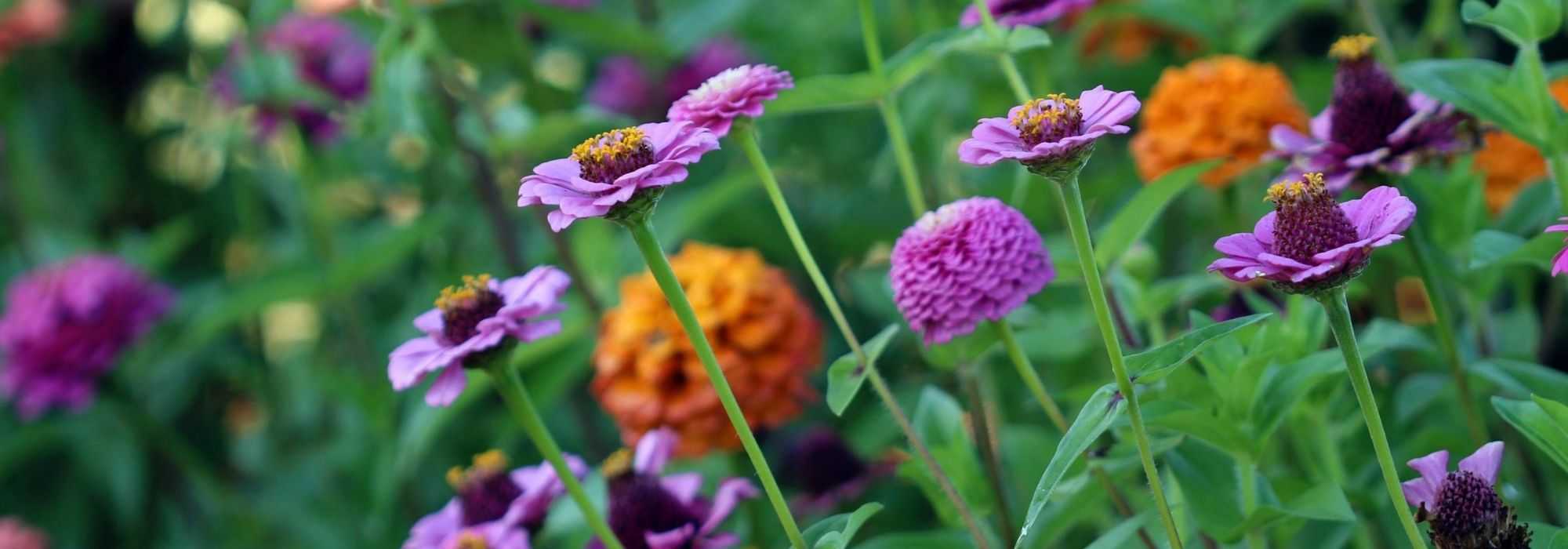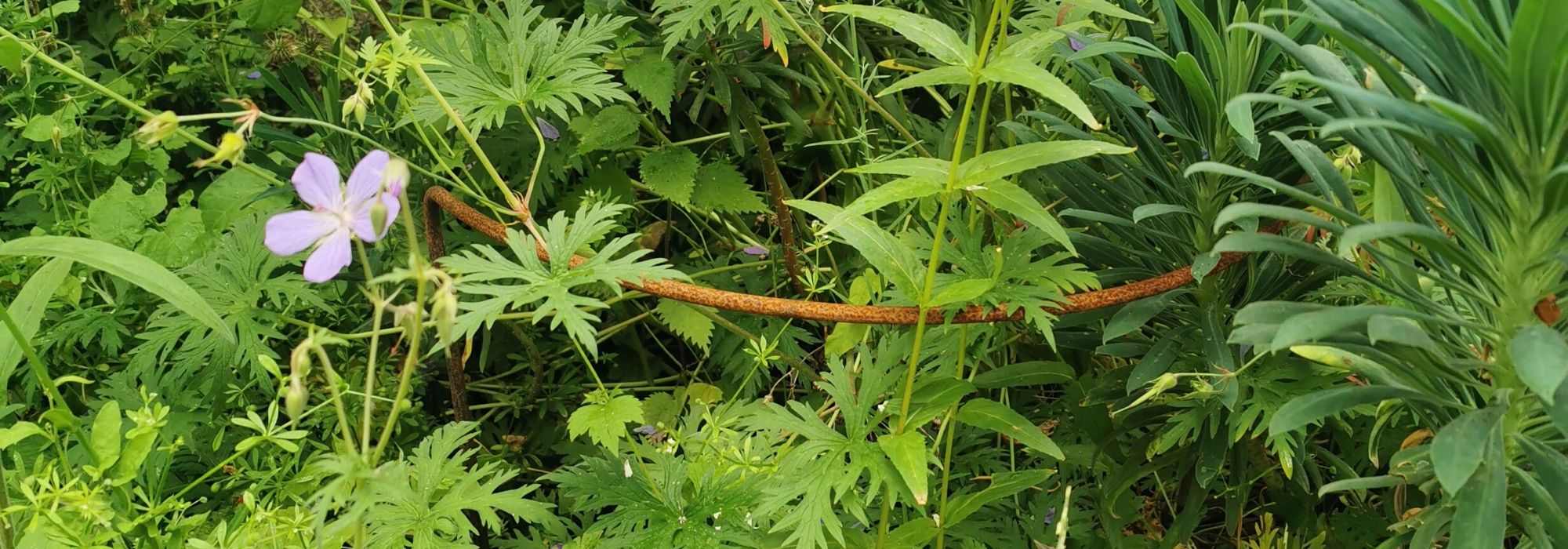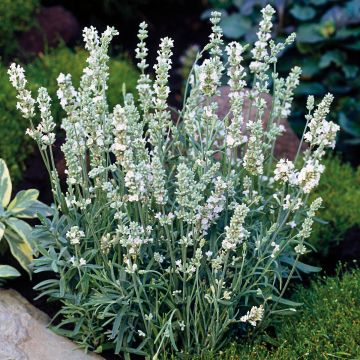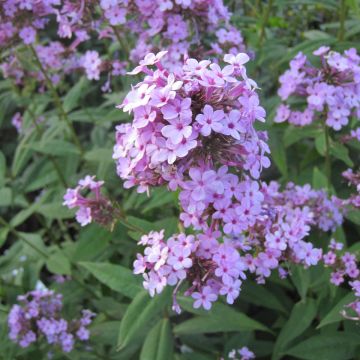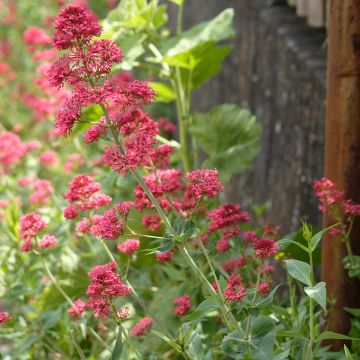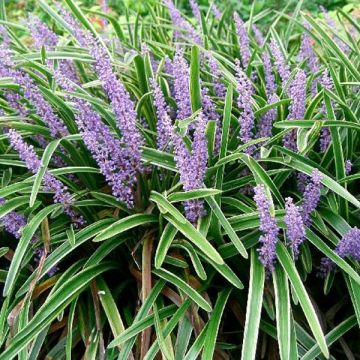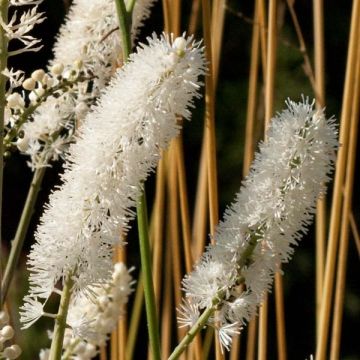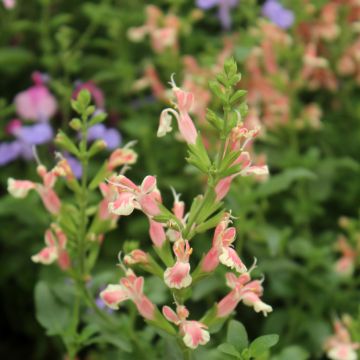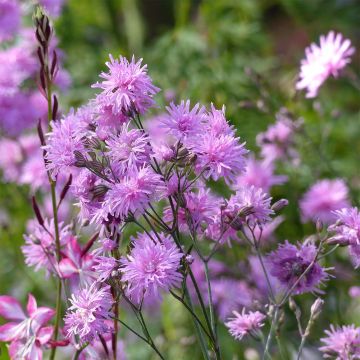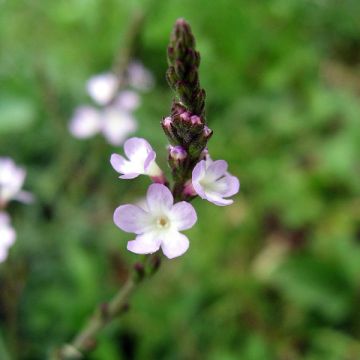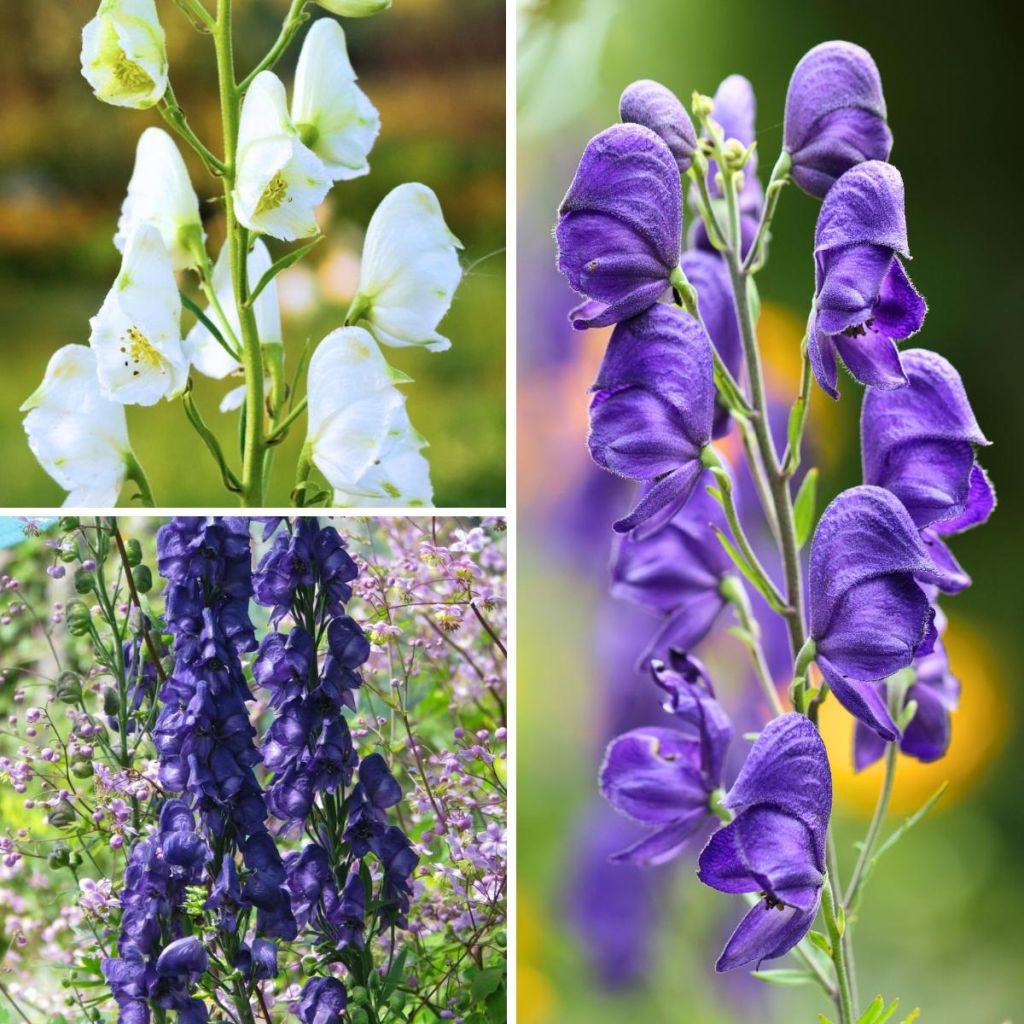

Blue and white Aconitum Collection
Blue and white Aconitum Collection
Aconitum napellus, henryi sp., Album, Spark's Variety
Monkshood, Wolfsbane
Special offer!
Receive a €20 voucher for any order over €90 (excluding delivery costs, credit notes, and plastic-free options)!
1- Add your favorite plants to your cart.
2- Once you have reached €90, confirm your order (you can even choose the delivery date!).
3- As soon as your order is shipped, you will receive an email containing your voucher code, valid for 3 months (90 days).
Your voucher is unique and can only be used once, for any order with a minimum value of €20, excluding delivery costs.
Can be combined with other current offers, non-divisible and non-refundable.
This plant carries a 12 months recovery warranty
More information
We guarantee the quality of our plants for a full growing cycle, and will replace at our expense any plant that fails to recover under normal climatic and planting conditions.
Would this plant suit my garden?
Set up your Plantfit profile →
Collection items (3 plants)
Description
The collection includes:
- x 1 Monkshood (Aconitum napellus): the wild montane species with deep indigo blue flowers, blooming from late June to late August. It reaches a height of 90cm (35in) to 1.20m (4ft) when in flower.
- x 1 White Monkshood (Aconitum napellus 'Album'): a beautiful form producing white flowers with hints of grayish-pink. Like the wild species, it flowers from late June to August and reaches a height of 90cm (35in) to 1.20m (4ft) when in flower.
- x 1 Spark's Variety Monkshood (Aconitum henryi): a horticultural variety that can reach a height of 1.50m (5ft) when in flower. It blooms slightly later than the previous two, from September to October. Its flowers are dark blue-violet to deep midnight blue.
Plant them in February-March or October-November, in a rich and well-drained soil that remains slightly moist in summer, in partial shade or non-scorching sun (preferably morning sun). A mixture of compost, peat, and garden soil in equal parts will be suitable. Be aware of windy exposures that can damage their tall flower spikes. Stake the tallest flower spikes to prevent them from bending. Allow 3 to 4 plants per square metre, with a minimum spacing of 50cm (20in) between plants or with other plants. The deciduous foliage of the aconites emerges from the ground each spring and dries up in autumn. Their roots can withstand temperatures as low as -23°C (-9.4°F).
The tall stature of Aconitum makes them perfect for the back of perennial borders, especially with foxgloves and black cohosh (Actaea or Cimicifuga) for enchanting scenes in partial shade. They can also be planted among bushes for support, for example, in the company of Japanese anemones 'Septemberglanz' and 'Queen Charlotte' which bloom from August to October. They also look stunning in front of the dark foliage of Physocarpus 'Rubella' or 'Midnight' for example. They are good perennials for light and cool woodland areas. Their flowers are beautiful in bouquets.
Flowering
Foliage
Plant habit
Safety measures
Botanical data
Aconitum
napellus, henryi
sp., Album, Spark's Variety
Ranunculaceae
Monkshood, Wolfsbane
Cultivar or hybrid
ingestion
Cette plante est toxique si elle est ingérée volontairement ou involontairement.
Ne la plantez pas là où de jeunes enfants peuvent évoluer, et lavez-vous les mains après l'avoir manipulée.
Pensez à conserver l'étiquette de la plante, à la photographier ou à noter son nom, afin de faciliter le travail des professionnels de santé.
Davantage d'informations sur https://plantes-risque.info
Other Perennial collections
View all →Planting and care
Attention, all parts of the aconite are toxic if ingested (anesthetic) or in contact with the skin, do not plant it near vegetables or in areas frequented by children, and avoid high traffic areas. Use gloves when handling it and wash your hands afterwards. Aconites thrive in light understory, in a sheltered location away from strong winds. They are planted in deep, rich soil that remains slightly moist in summer. These plants tolerate sunlight, but the soil must be consistently moist and never allowed to dry out. For this reason, it is recommended to use mulch in summer to maintain some freshness. The soil should be mixed with compost, good quality potting soil, and turf. Stake the taller flower spikes to prevent them from bending. Beware, aconite is toxic.
Planting period
Intended location
Care
Planting & care advice
This item has not been reviewed yet - be the first to leave a review about it.
Similar products
Haven't found what you were looking for?
Hardiness is the lowest winter temperature a plant can endure without suffering serious damage or even dying. However, hardiness is affected by location (a sheltered area, such as a patio), protection (winter cover) and soil type (hardiness is improved by well-drained soil).

Photo Sharing Terms & Conditions
In order to encourage gardeners to interact and share their experiences, Promesse de fleurs offers various media enabling content to be uploaded onto its Site - in particular via the ‘Photo sharing’ module.
The User agrees to refrain from:
- Posting any content that is illegal, prejudicial, insulting, racist, inciteful to hatred, revisionist, contrary to public decency, that infringes on privacy or on the privacy rights of third parties, in particular the publicity rights of persons and goods, intellectual property rights, or the right to privacy.
- Submitting content on behalf of a third party;
- Impersonate the identity of a third party and/or publish any personal information about a third party;
In general, the User undertakes to refrain from any unethical behaviour.
All Content (in particular text, comments, files, images, photos, videos, creative works, etc.), which may be subject to property or intellectual property rights, image or other private rights, shall remain the property of the User, subject to the limited rights granted by the terms of the licence granted by Promesse de fleurs as stated below. Users are at liberty to publish or not to publish such Content on the Site, notably via the ‘Photo Sharing’ facility, and accept that this Content shall be made public and freely accessible, notably on the Internet.
Users further acknowledge, undertake to have ,and guarantee that they hold all necessary rights and permissions to publish such material on the Site, in particular with regard to the legislation in force pertaining to any privacy, property, intellectual property, image, or contractual rights, or rights of any other nature. By publishing such Content on the Site, Users acknowledge accepting full liability as publishers of the Content within the meaning of the law, and grant Promesse de fleurs, free of charge, an inclusive, worldwide licence for the said Content for the entire duration of its publication, including all reproduction, representation, up/downloading, displaying, performing, transmission, and storage rights.
Users also grant permission for their name to be linked to the Content and accept that this link may not always be made available.
By engaging in posting material, Users consent to their Content becoming automatically accessible on the Internet, in particular on other sites and/or blogs and/or web pages of the Promesse de fleurs site, including in particular social pages and the Promesse de fleurs catalogue.
Users may secure the removal of entrusted content free of charge by issuing a simple request via our contact form.
The flowering period indicated on our website applies to countries and regions located in USDA zone 8 (France, the United Kingdom, Ireland, the Netherlands, etc.)
It will vary according to where you live:
- In zones 9 to 10 (Italy, Spain, Greece, etc.), flowering will occur about 2 to 4 weeks earlier.
- In zones 6 to 7 (Germany, Poland, Slovenia, and lower mountainous regions), flowering will be delayed by 2 to 3 weeks.
- In zone 5 (Central Europe, Scandinavia), blooming will be delayed by 3 to 5 weeks.
In temperate climates, pruning of spring-flowering shrubs (forsythia, spireas, etc.) should be done just after flowering.
Pruning of summer-flowering shrubs (Indian Lilac, Perovskia, etc.) can be done in winter or spring.
In cold regions as well as with frost-sensitive plants, avoid pruning too early when severe frosts may still occur.
The planting period indicated on our website applies to countries and regions located in USDA zone 8 (France, United Kingdom, Ireland, Netherlands).
It will vary according to where you live:
- In Mediterranean zones (Marseille, Madrid, Milan, etc.), autumn and winter are the best planting periods.
- In continental zones (Strasbourg, Munich, Vienna, etc.), delay planting by 2 to 3 weeks in spring and bring it forward by 2 to 4 weeks in autumn.
- In mountainous regions (the Alps, Pyrenees, Carpathians, etc.), it is best to plant in late spring (May-June) or late summer (August-September).
The harvesting period indicated on our website applies to countries and regions in USDA zone 8 (France, England, Ireland, the Netherlands).
In colder areas (Scandinavia, Poland, Austria...) fruit and vegetable harvests are likely to be delayed by 3-4 weeks.
In warmer areas (Italy, Spain, Greece, etc.), harvesting will probably take place earlier, depending on weather conditions.
The sowing periods indicated on our website apply to countries and regions within USDA Zone 8 (France, UK, Ireland, Netherlands).
In colder areas (Scandinavia, Poland, Austria...), delay any outdoor sowing by 3-4 weeks, or sow under glass.
In warmer climes (Italy, Spain, Greece, etc.), bring outdoor sowing forward by a few weeks.






























